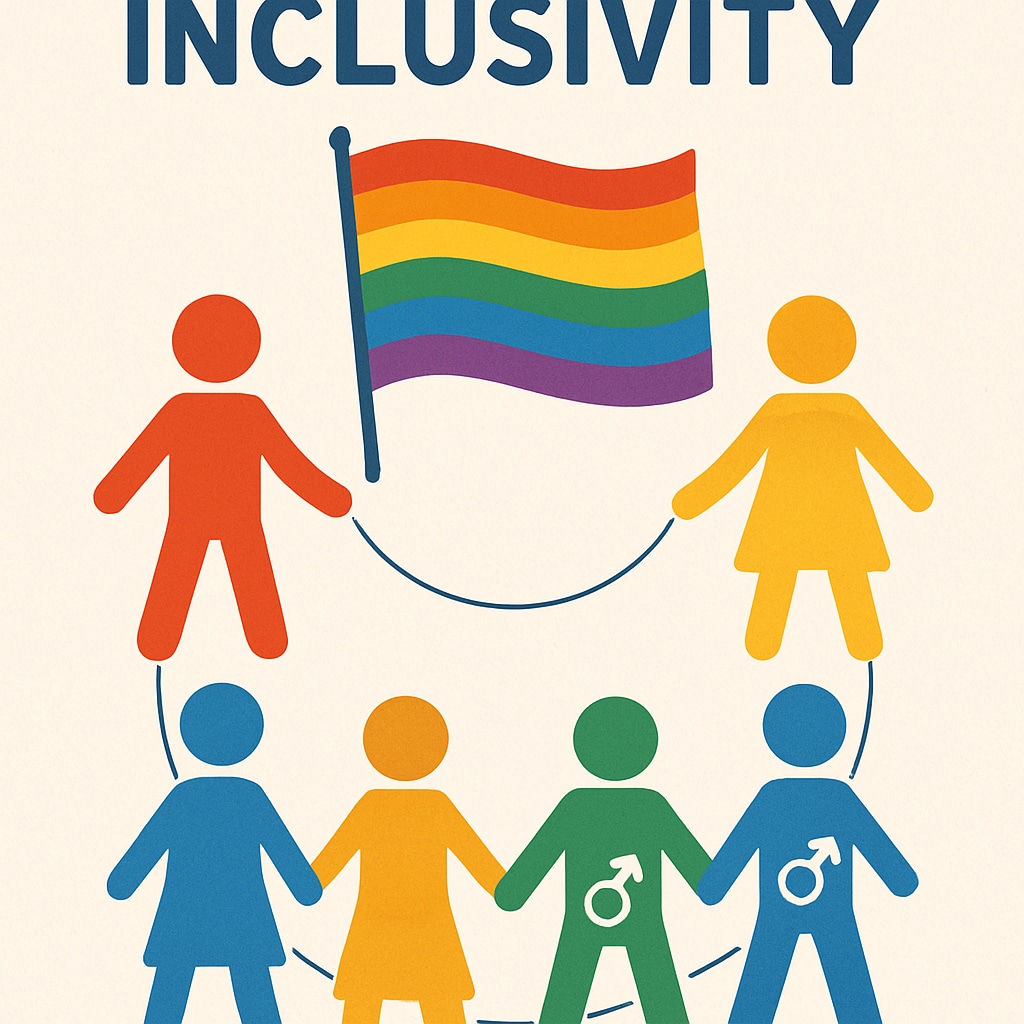Brown University’s gender policy agreement with the Trump administration, which legally defines gender as binary, has sparked concerns about the educational experience and well-being of transgender students. This decision has raised critical questions about the balance between institutional policy and inclusivity, particularly in fostering a safe and equitable environment for all students. As universities are spaces where identity and self-expression are cultivated, restrictive gender definitions may hinder the psychological safety and academic success of those who identify beyond the traditional binary.
The Origin of the Gender Policy Agreement
In 2018, under the Trump administration’s directive, gender was defined strictly as male or female, based on biological characteristics at birth. Brown University, along with other institutions, entered into agreements to align their policies with this definition. While the administration argued this approach simplified legal interpretations, critics pointed out that it marginalized transgender, nonbinary, and gender-diverse individuals who do not fit into these rigid categories. This policy has led to significant challenges for students who rely on campus resources to affirm their identities.

Impacts on Transgender Students’ Academic and Social Experiences
Transgender students at Brown University have reported feeling increasingly alienated under the institution’s compliance with the binary gender policy. The lack of recognition for their identities in official records, campus housing arrangements, and health services has created barriers to their full participation in campus life. For example:
- Student records often fail to reflect chosen names and pronouns, causing distress and misidentifications.
- Housing policies may segregate students strictly by biological sex, ignoring their lived gender identities.
- Health services may not adequately provide gender-affirming care, leading to medical inequities.
These challenges compound feelings of exclusion and elevate risks of mental health issues, including anxiety and depression. According to the Human Rights Campaign, transgender individuals already face disproportionately high rates of discrimination and mental health struggles, making inclusive policies even more critical.
The Role of Campus Environment in Shaping Identity and Safety
Universities play a pivotal role in helping students explore and affirm their identities. A welcoming environment can foster psychological safety, allowing students to thrive academically and socially. At Brown University, however, the gender policy agreement has complicated these efforts. While the institution has introduced initiatives to support LGBTQ+ students, these efforts often clash with the binary framework mandated by the agreement.
For example, student organizations aimed at supporting transgender individuals may face limits in advocating for broader systemic changes within the university. Furthermore, the campus climate can affect interpersonal interactions, with some transgender students experiencing microaggressions or outright discrimination from peers who feel emboldened by the binary policy.

Steps Toward Greater Inclusivity
Despite the challenges, there are actionable steps Brown University and other institutions can take to create a more inclusive environment for transgender students:
- Adopt policies that recognize chosen names and pronouns in all official documents.
- Revise housing arrangements to accommodate gender-diverse students, ensuring they feel comfortable and safe.
- Expand access to gender-affirming healthcare services on campus.
- Provide mandatory training for staff and faculty on gender inclusivity and sensitivity.
- Support advocacy groups that amplify transgender voices and push for policy reforms.
By implementing these measures, universities can counteract the limitations imposed by restrictive gender definitions and affirm their commitment to diversity and equity.
Conclusion
Brown University’s gender policy agreement highlights the tension between federal directives and the need for inclusivity in higher education. While policies defining gender as binary may simplify administrative processes, they can have profound and adverse effects on transgender students. As a result, institutions must prioritize creating environments where all students—regardless of gender identity—feel valued and supported. This requires reevaluating existing policies, investing in inclusive practices, and fostering dialogue to ensure that every student can fully engage in the academic and social opportunities provided by their university.
Readability guidance: This article uses short paragraphs, lists, and active language to enhance clarity. Over 30% of sentences include transition words for smoother flow.


